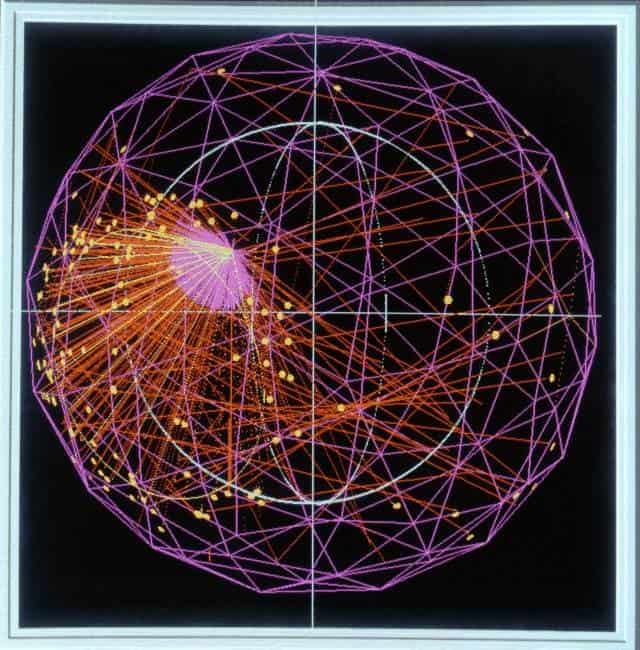An international team of researchers working in Italy recently conducted a study which concluded that the revolutionary results claimed by their colleagues at CERN may be faulty. They studied the same neutrino particles reported to travel faster than light and claim their test clearly shows this is wrong.
The announcement was made in September, and since then, it pretty much set the world of physics ablaze; after all, for a particle to travel faster than light, it would have to mean that we’ve been looking at physics wrong this whole time, and relativity is based on an incorrect premise.
In the supposedly ground breaking experiments, members from the OPERA experiment at the Gran Sasso laboratory south of Rome claim they noticed neutrinos arrive some 60 nanoseconds earlier than light, but ICARUS, another experiment at Gran Sasso, deeper underground and run by Italy’s National Institute of Physics argue that their measurements contradict these readings.
They explain, on the basis of two recently published US studies, that if the neutrinos would have gone even a fraction faster than the speed of light, then they would have lost a significant part of their energy. Physicist Tomasso Dorigo, who works at CERN, the European Organization for Nuclear Research, and the U.S. Fermilab near Chicago said that according to him this paper was ‘simple and definitive’.
According to Einstein’s theory of special relativity, absolutely nothing can travel faster than light, and that idea is at the core of modern physics, regardless of field or application. After the people at CERN announced this revolutionary observation, the world of science has absolutely gone mad over this, and many have tried to back up Einstein’s theory; for now, even though it’s still in the fog, it seems like it will still stand.
Via Reuters







